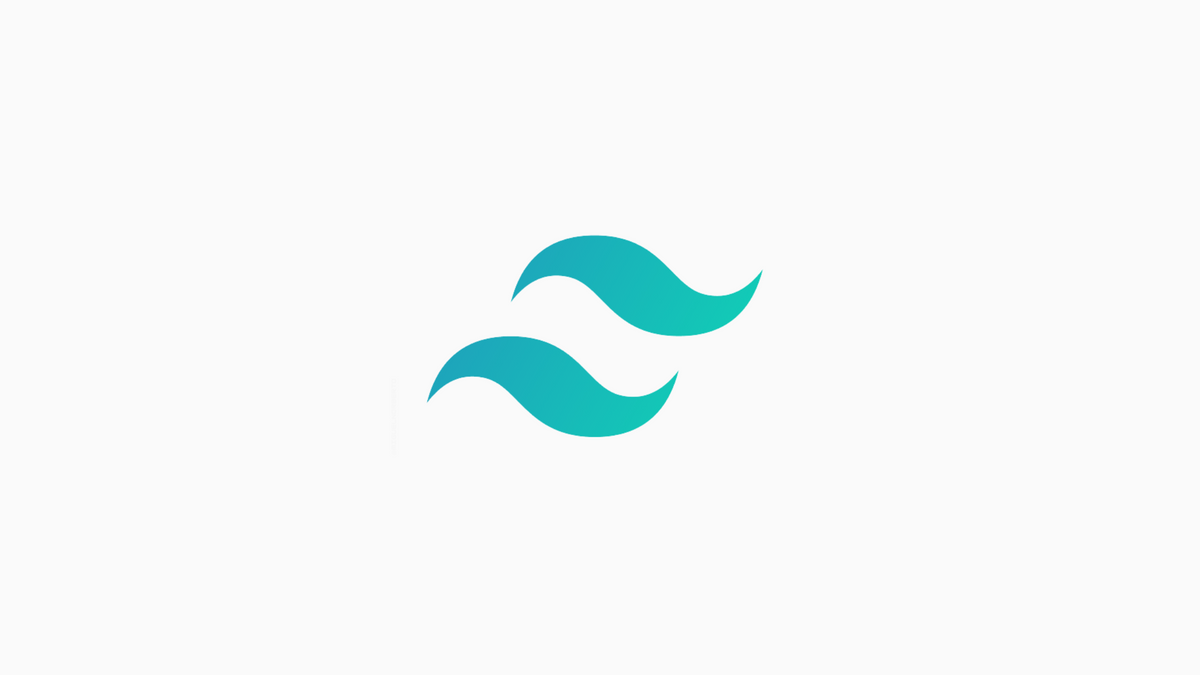Tailwind CSS Explained

Tailwind is a CSS pre-processor that helps you quickly create responsive, scalable designs.
It includes hundreds of built-in utilities that make it easy to promptly style your web pages without having to write a lot of custom code.
Tailwind is a utility-first CSS framework for rapid, responsive web development. It’s heavily inspired by PostCSS, Autoprefixer, and Susy and built on the idea that reusable utilities should be composable and configurable.
Unlike other frameworks, Tailwind doesn’t prescribe any specific global layout or design system. Instead, it provides a set of powerful building blocks you can use to create custom solutions that suit your particular needs.
How to set up Tailwind
CSS is a style sheet language used for describing the presentation of a document written in a markup language. A style sheet is a collection of rules that tells a web browser how to display a document written in HTML or XML.
In this tutorial, we’ll use Tailwind CSS to create our style sheet. Tailwind is a utility-first CSS framework that provides an efficient way to generate cross-browser compliant HTML and CSS. It has everything you need to get started, including utilities for margin and padding, typography, responsive design, and more.
The first step is to install Tailwind CSS. You can do this by using NPM or Yarn. Once you have installed Tailwind, you’ll need to create a file called “tailwind.config.js” in the root of your project folder.
The basics of using Tailwind
CSS is a styling language used to style the look and feel of websites. It stands for cascading style sheets and controls the presentation of HTML elements on a web page. For example, CSS can change the color, font, size, and spacing of the text and the layout and positioning of page elements.
CSS is not limited to text styling, though. It can also style the appearance of images, buttons, and other page elements.
CSS is written in a style sheet document linked to an HTML document. The CSS rules in the style sheet will then be applied to the HTML document when it is loaded in a web browser.
One of the benefits of using CSS is that it allows you to style multiple elements on a page with a single rule.
How to use more specific features of Tailwind?
In this article, we’re going to take a look at how you can use more specific features of Tailwind CSS to get the most out of its capabilities.
By default, Tailwind generates CSS designed to be responsive and accessible. However, there are many other features that you can leverage to create even more sophisticated designs.
For example, you can use the @width and @height utilities to create fixed-size elements or the @flexbox and @grid utilities to create complex layouts. You can also use the @image-block utility to add images into your designs without worrying about how they’ll scale on different devices.
Finally, you can easily use the @color-palette and @theme-palette utilities to create beautiful color schemes for your projects.
What Tailwind can do for your website?
Tailwind CSS is a great tool to use for your website. It can help with organization, speed, and responsiveness.
If you are looking for an easy way to improve your website, Tailwind CSS is the solution for you.